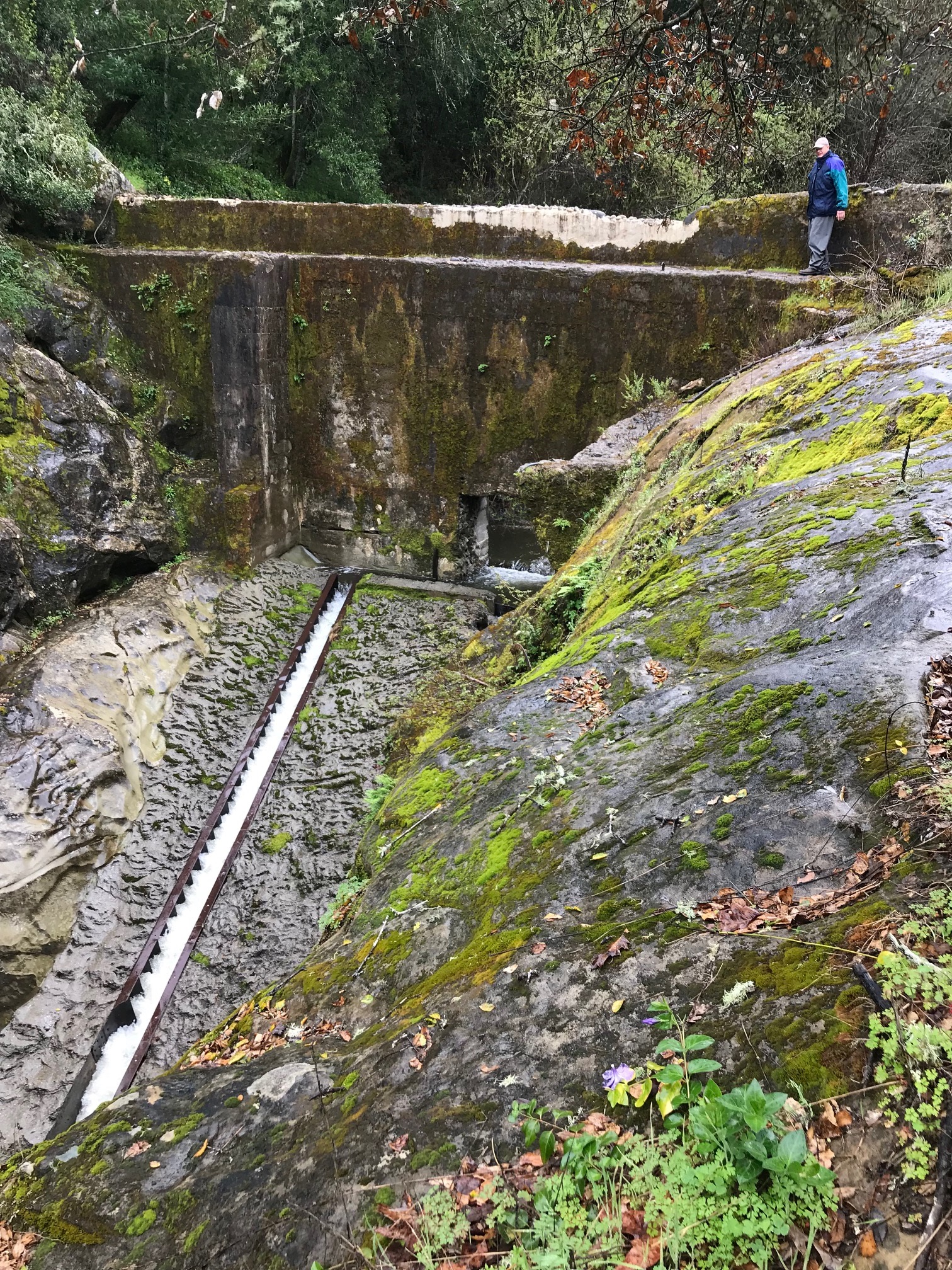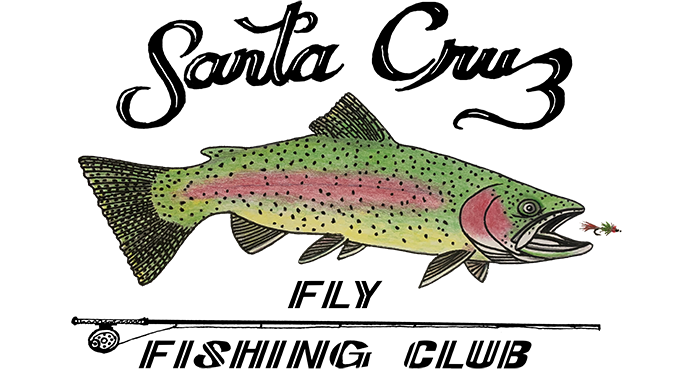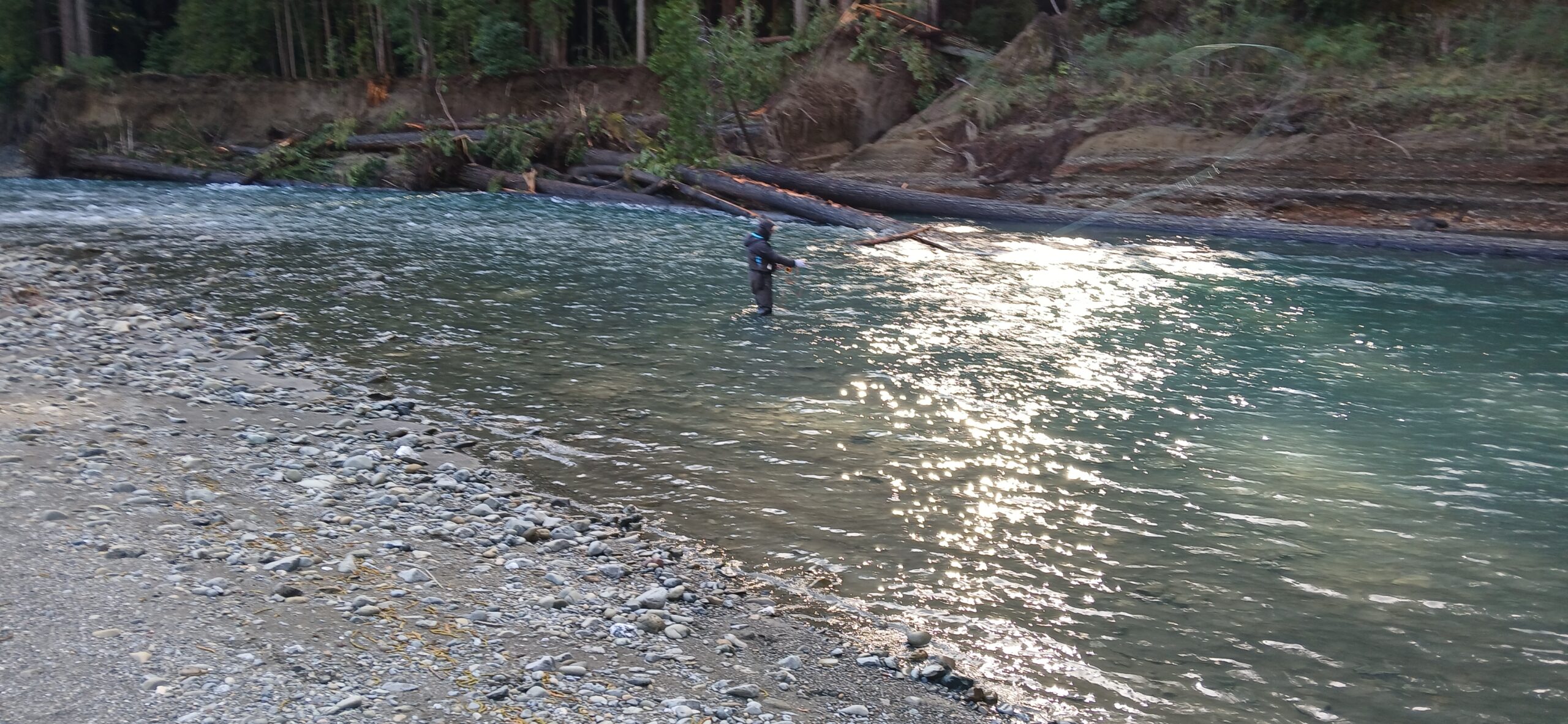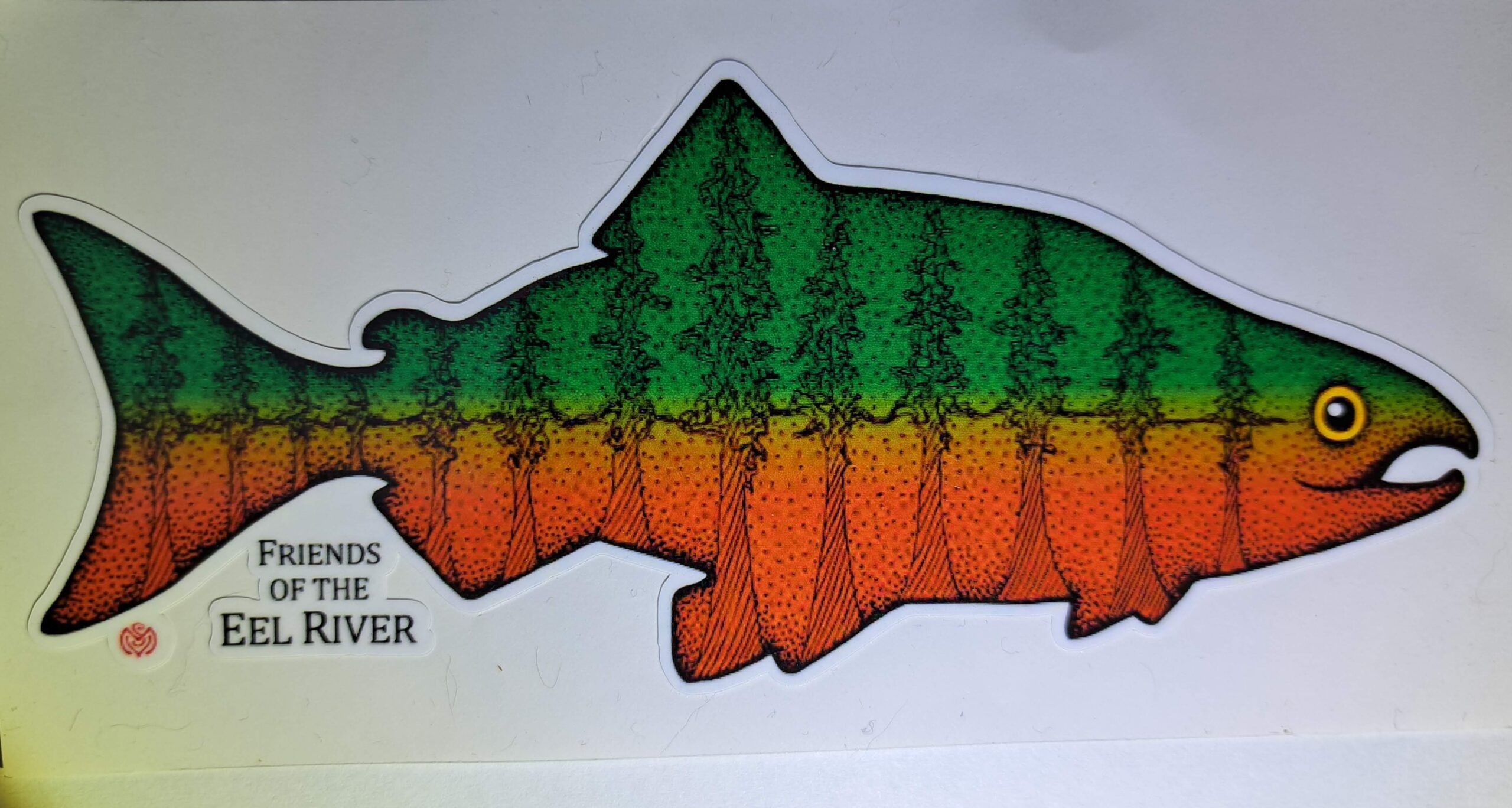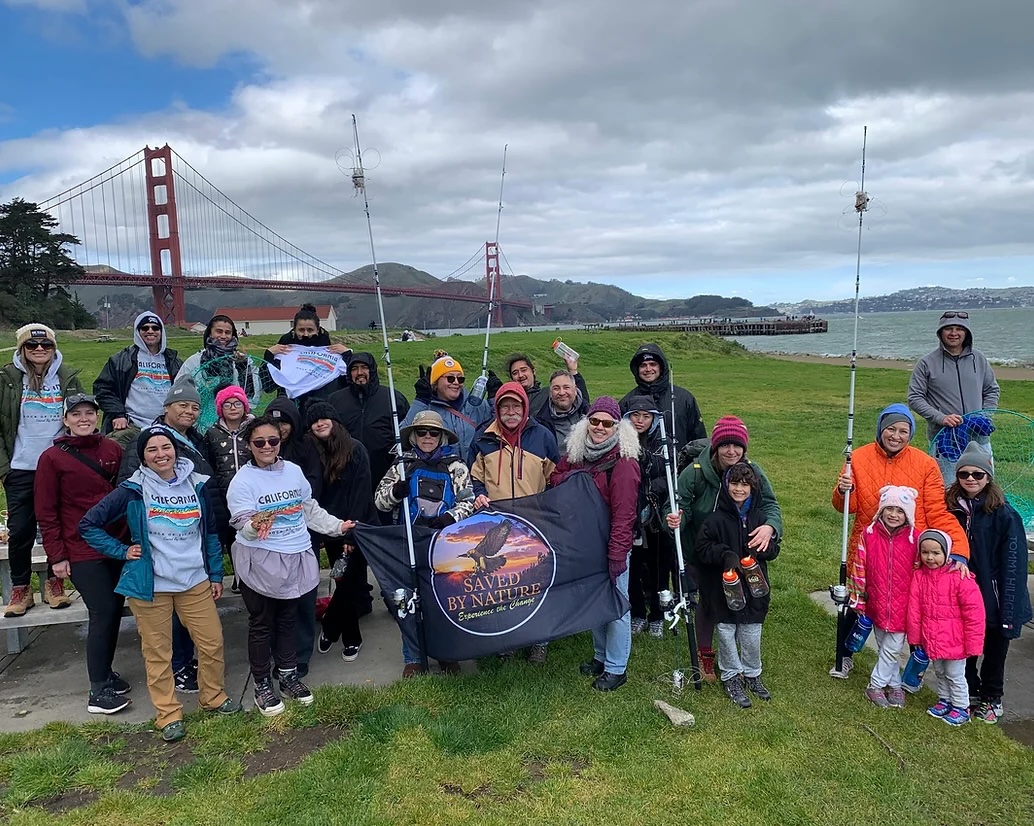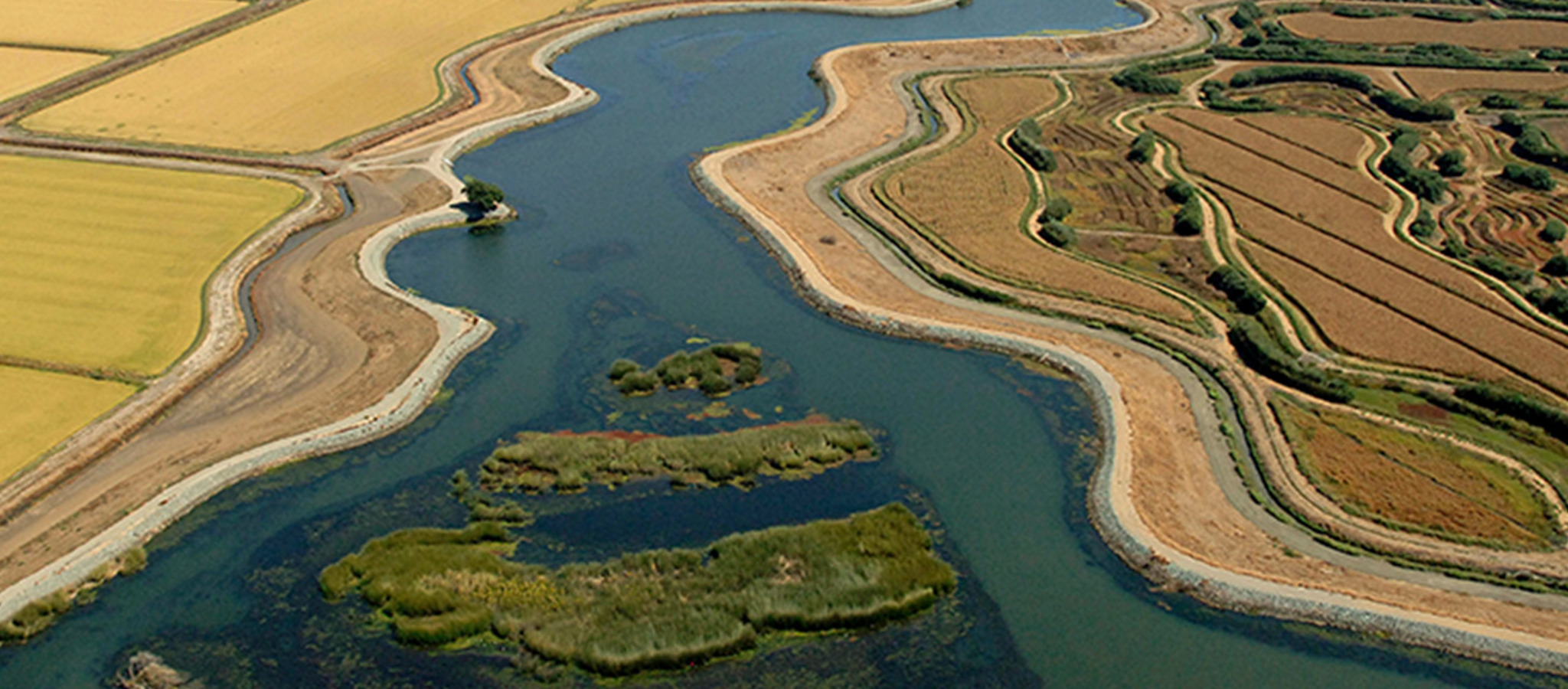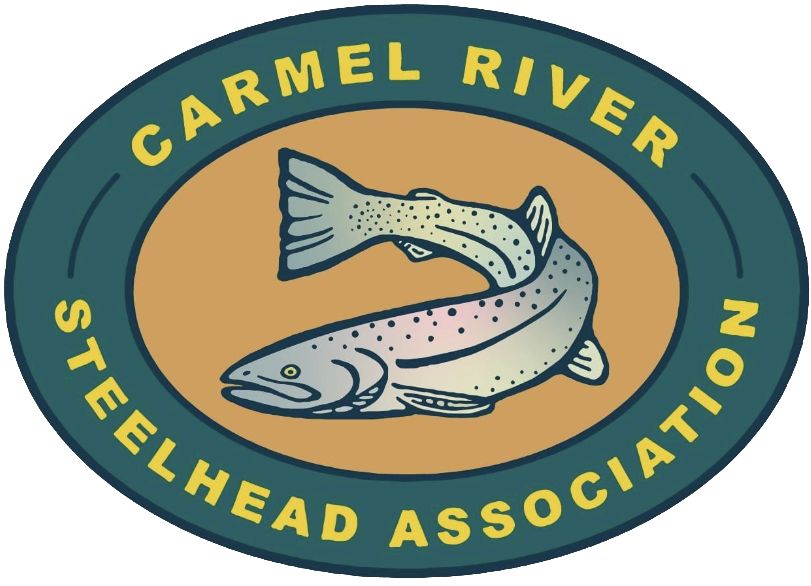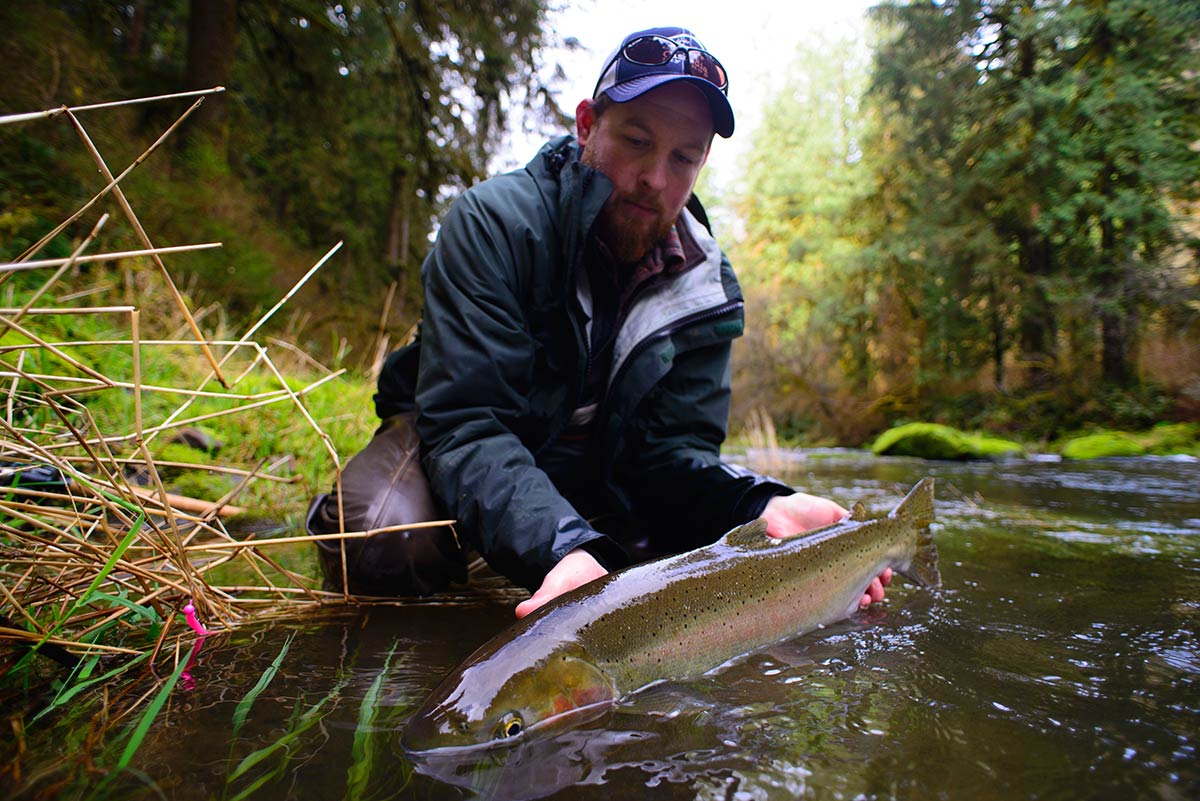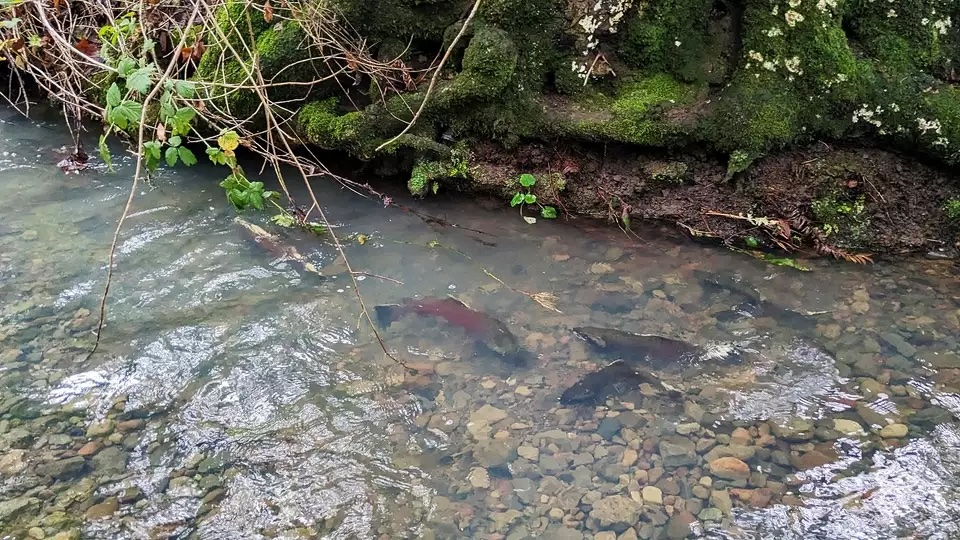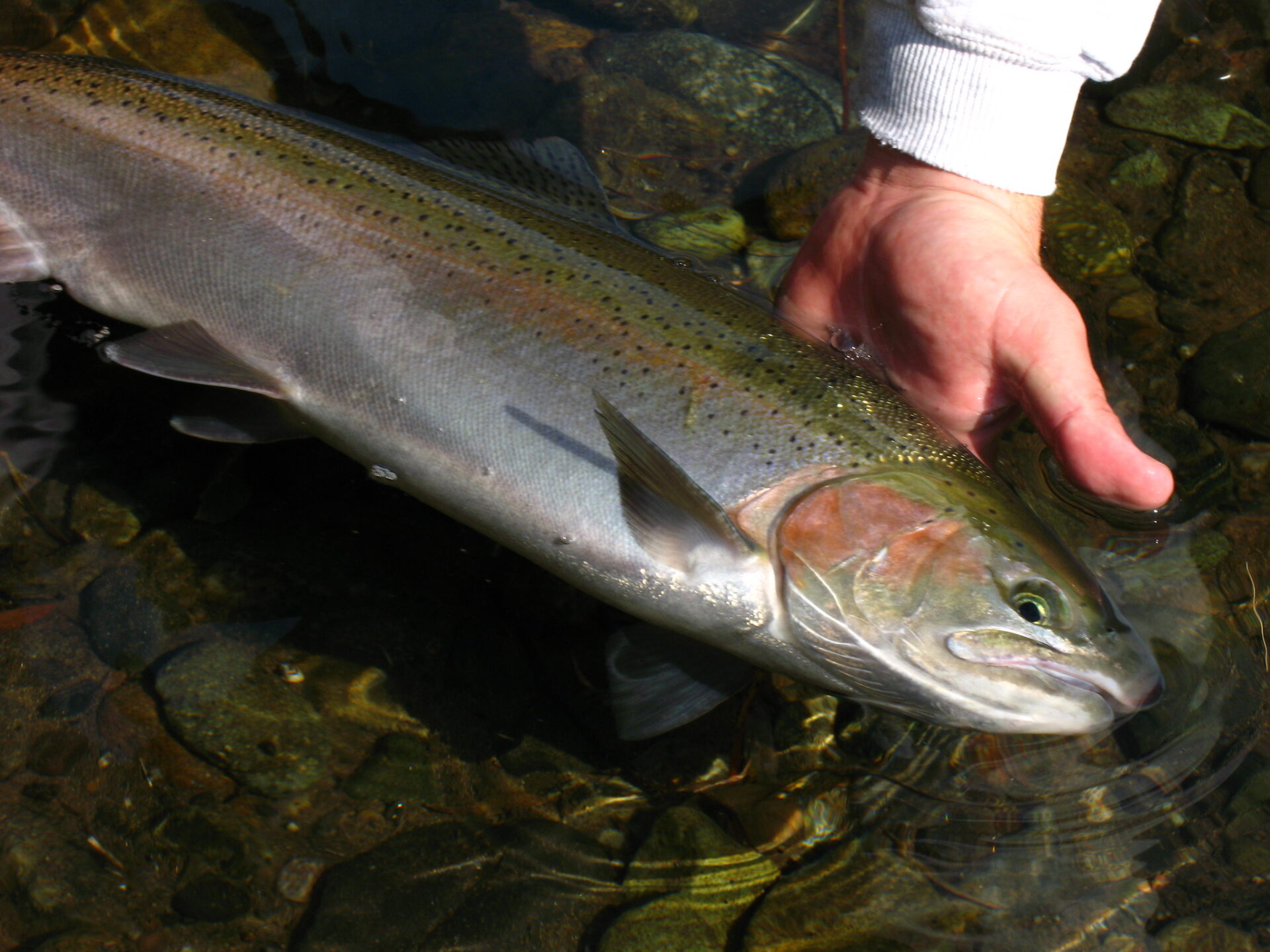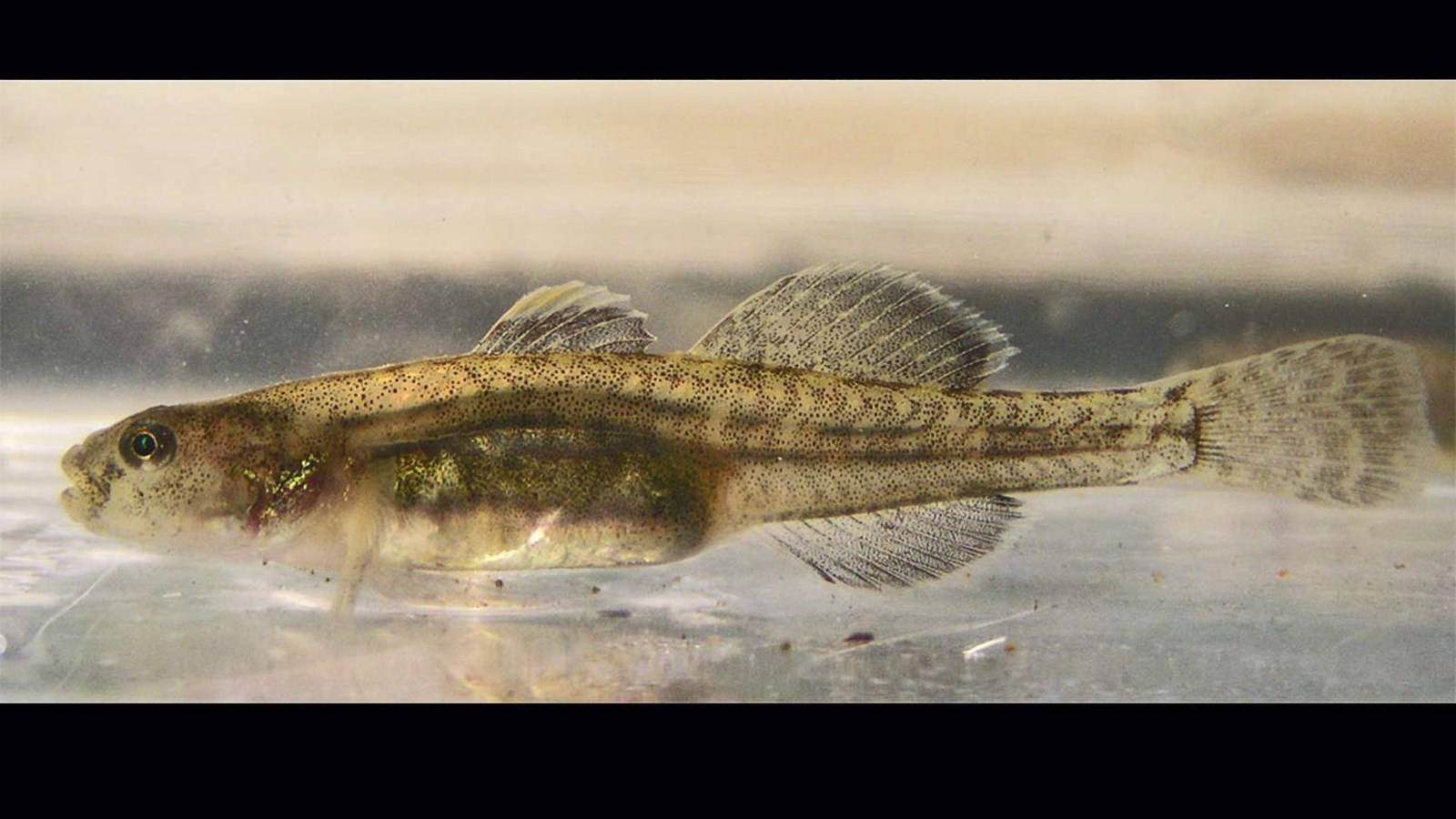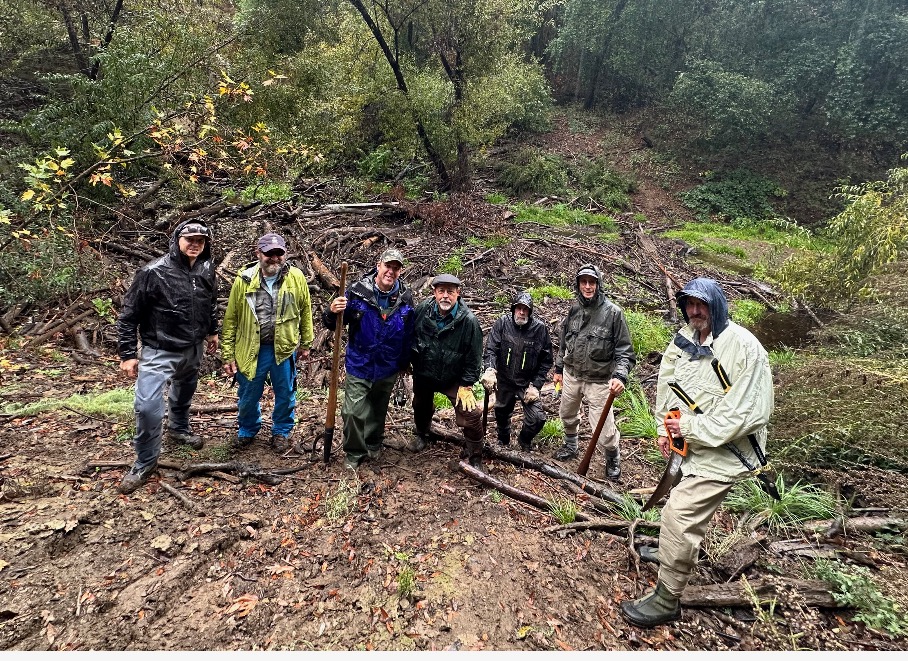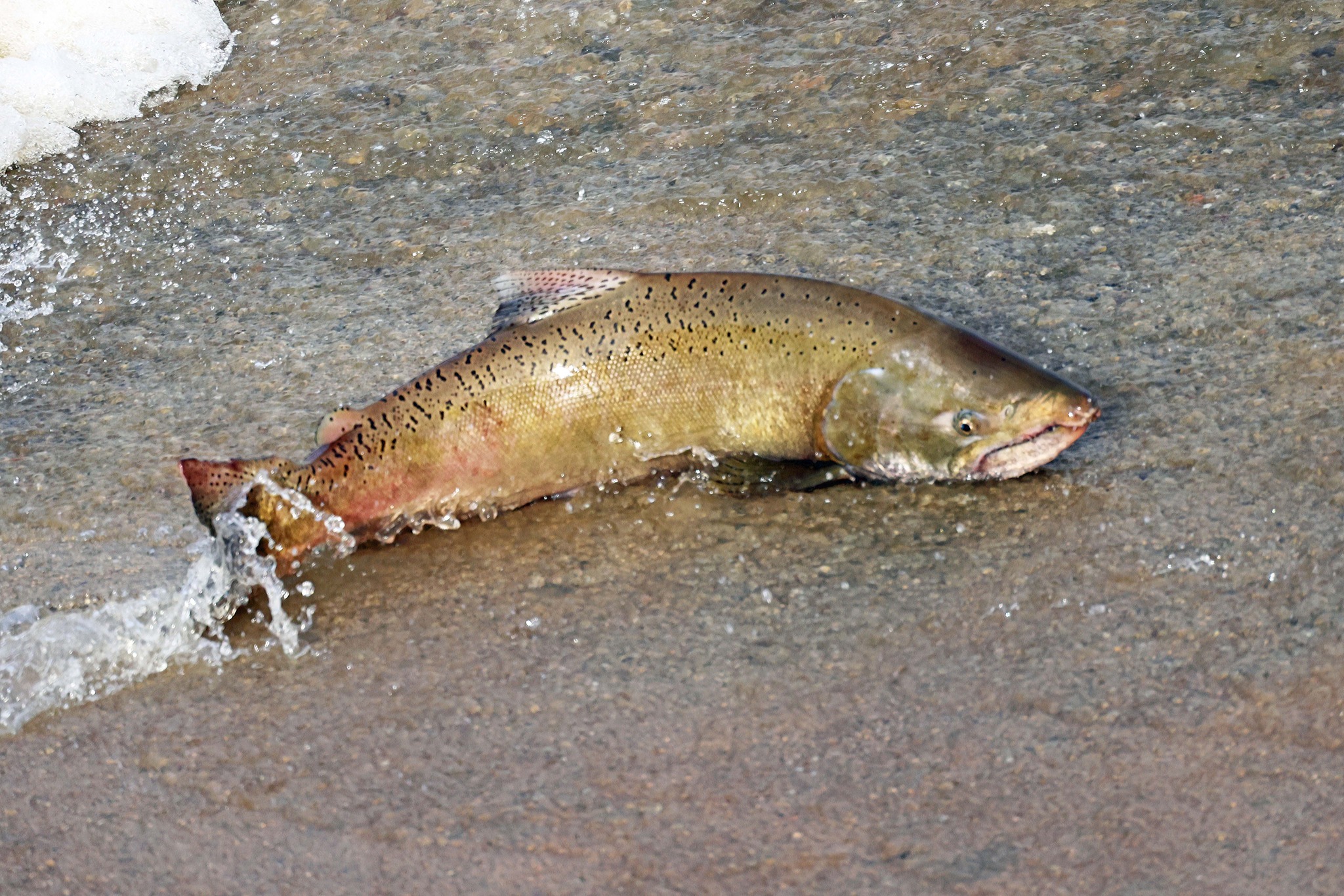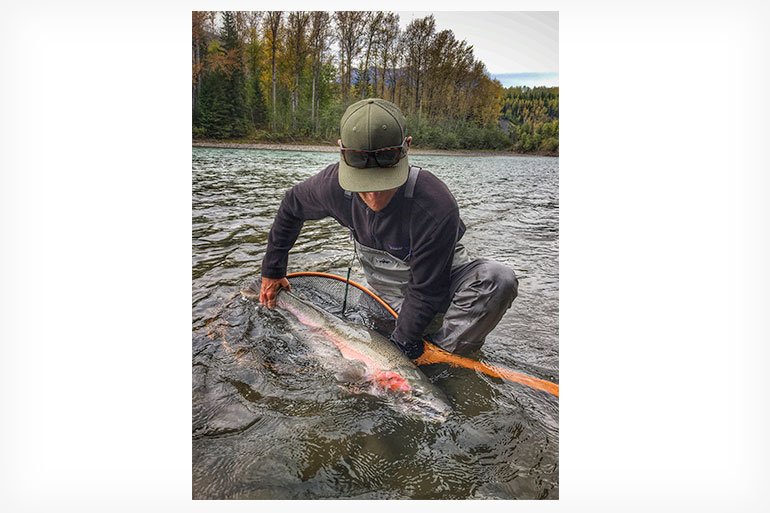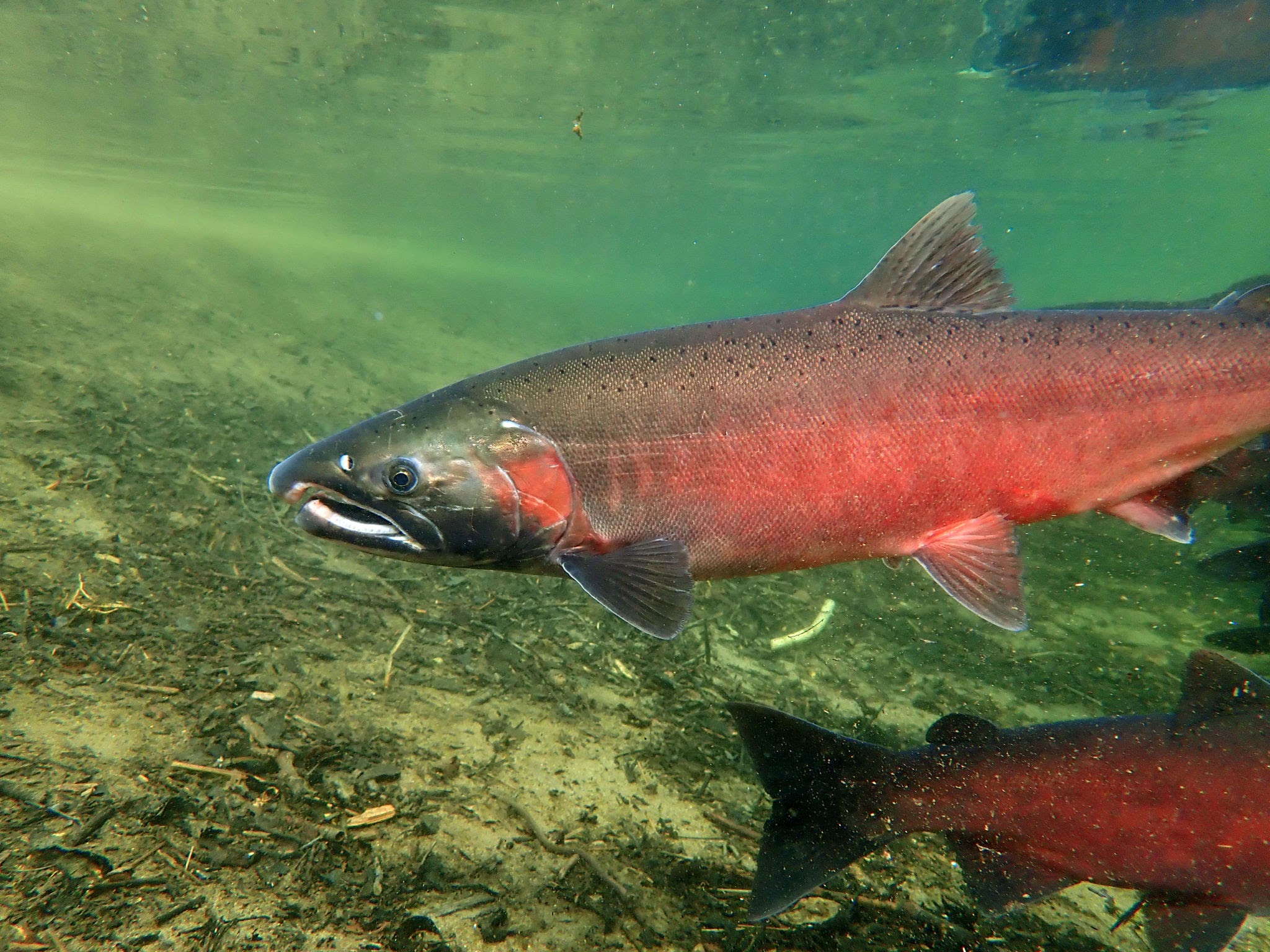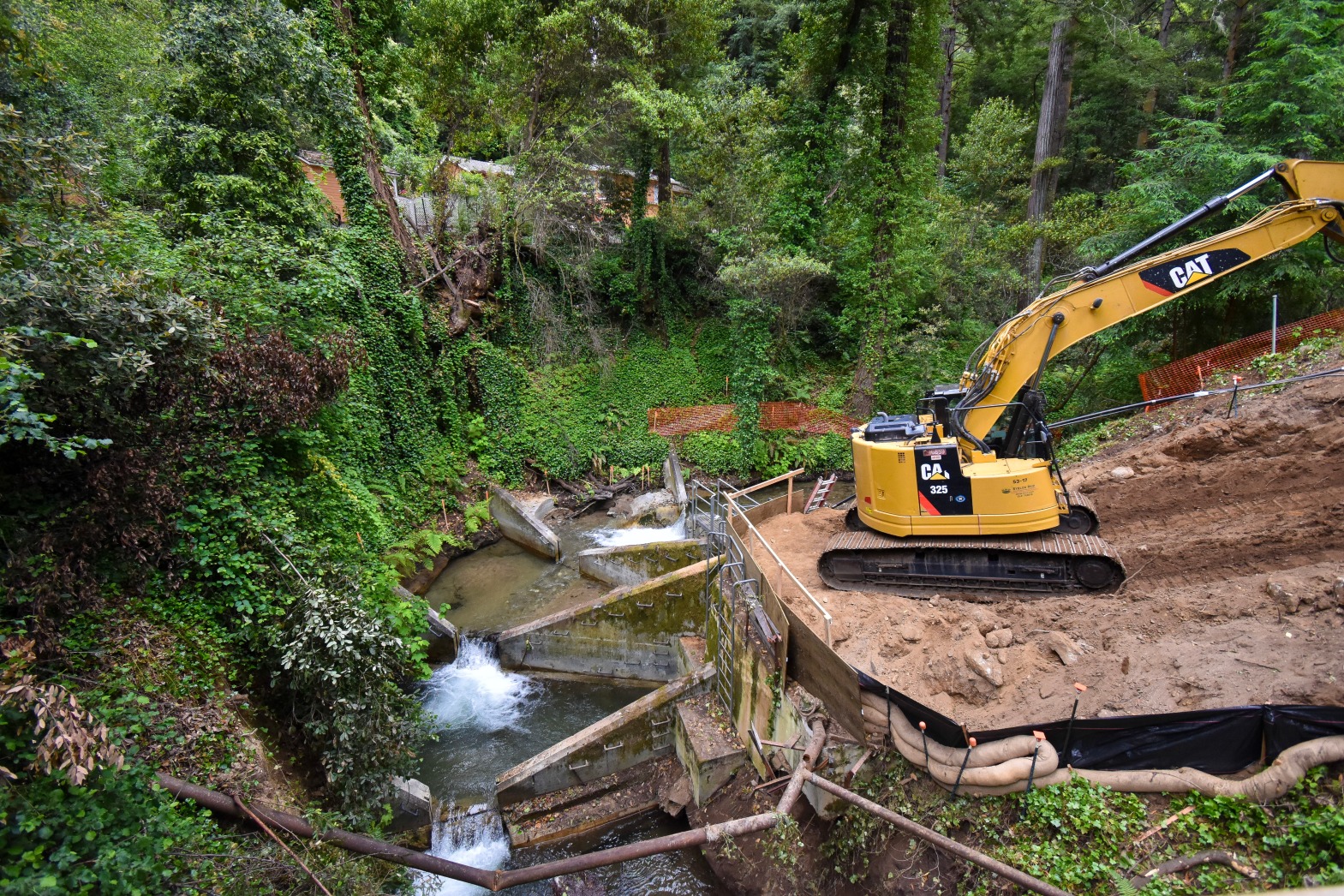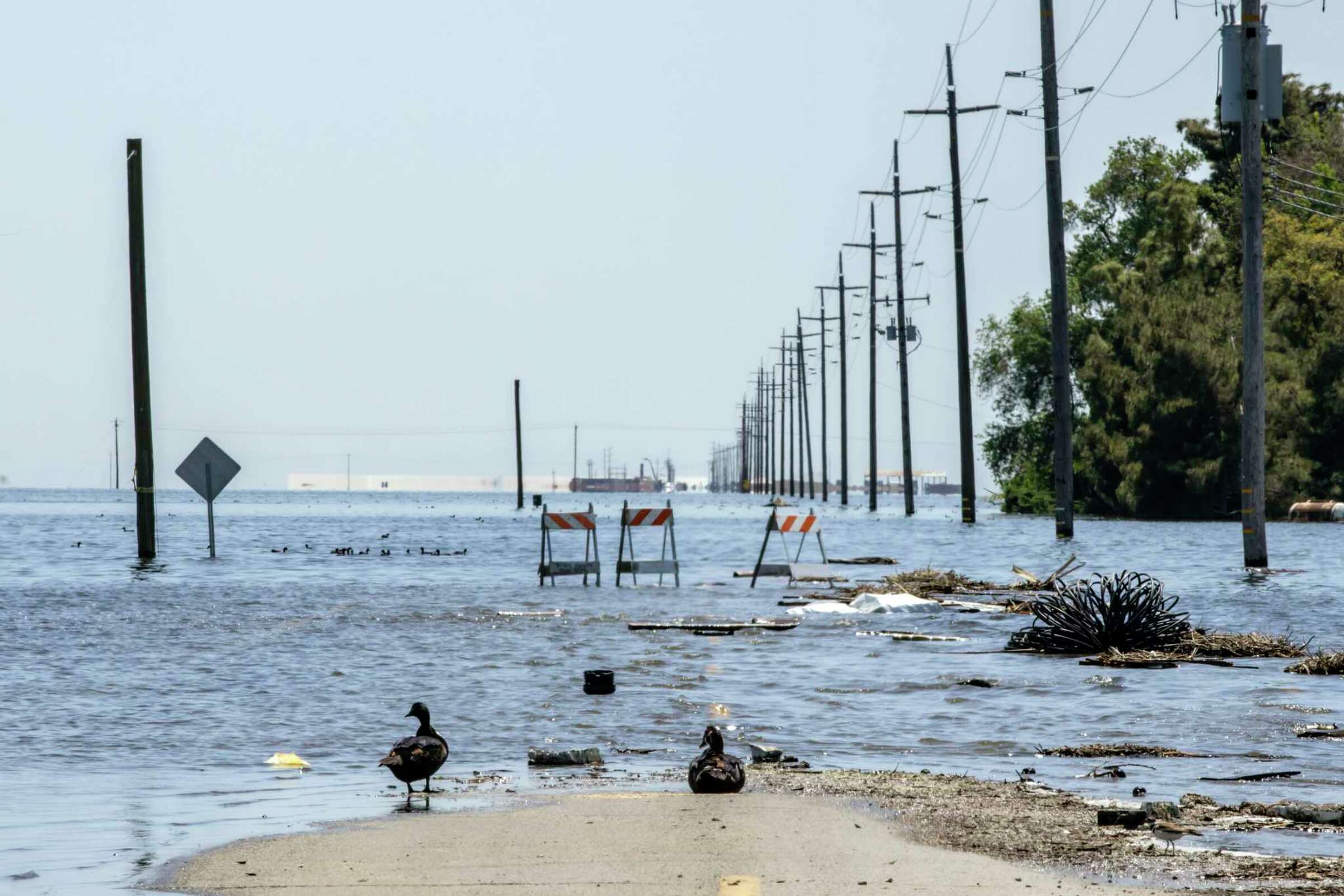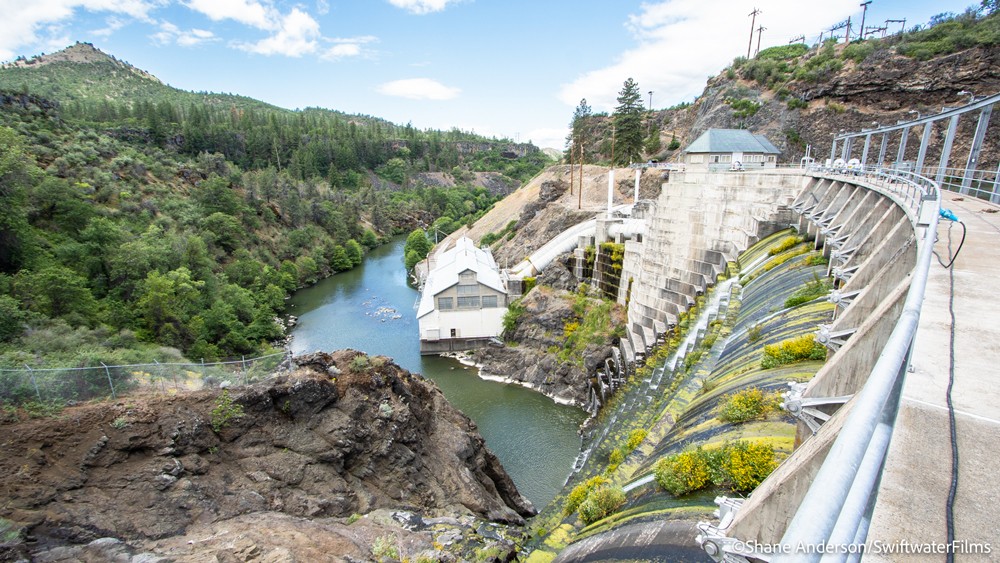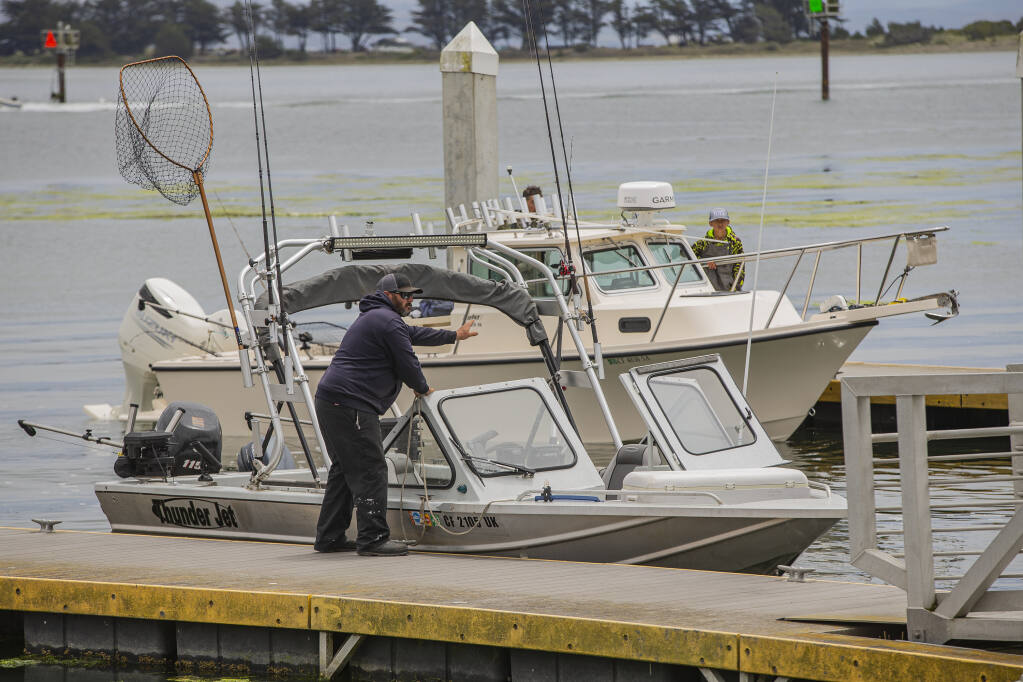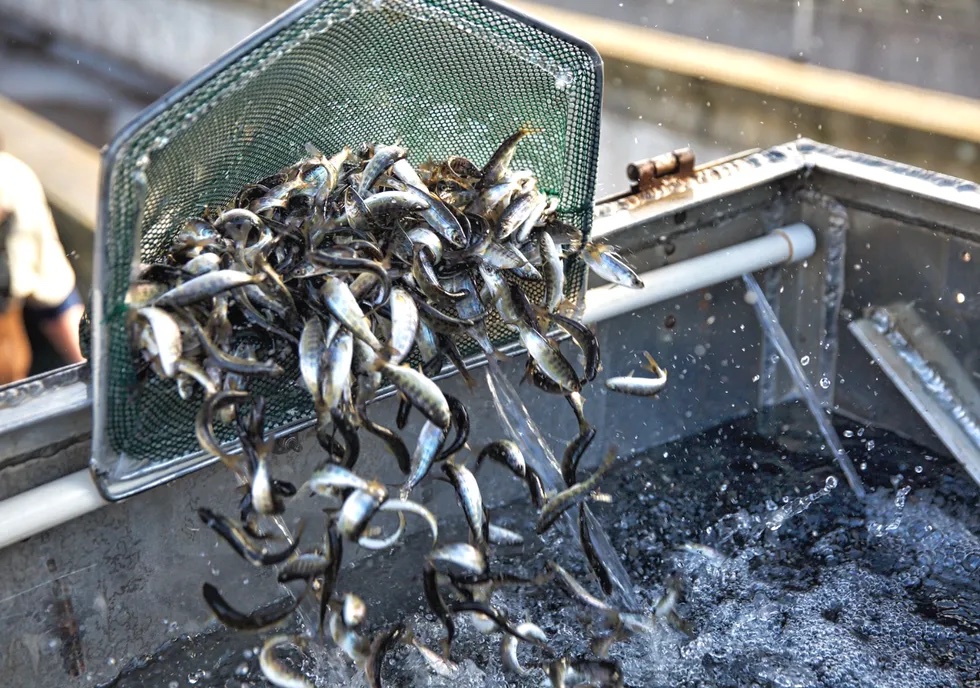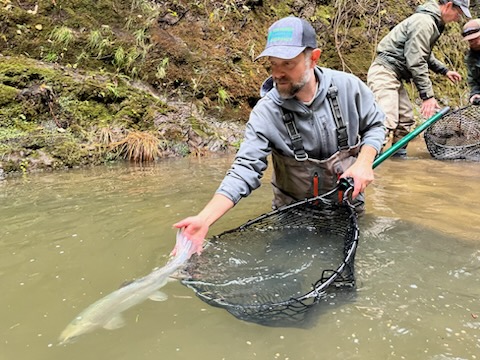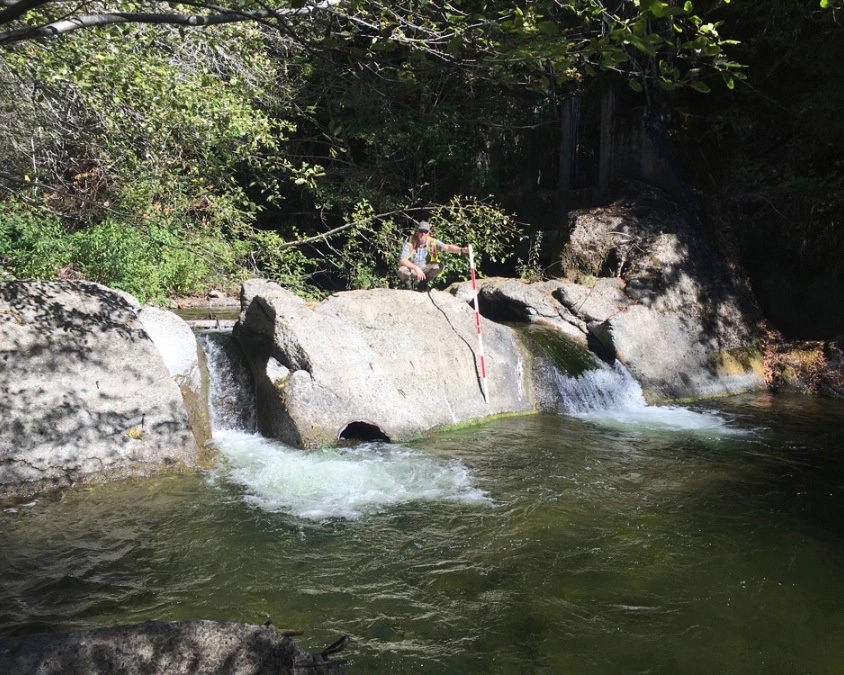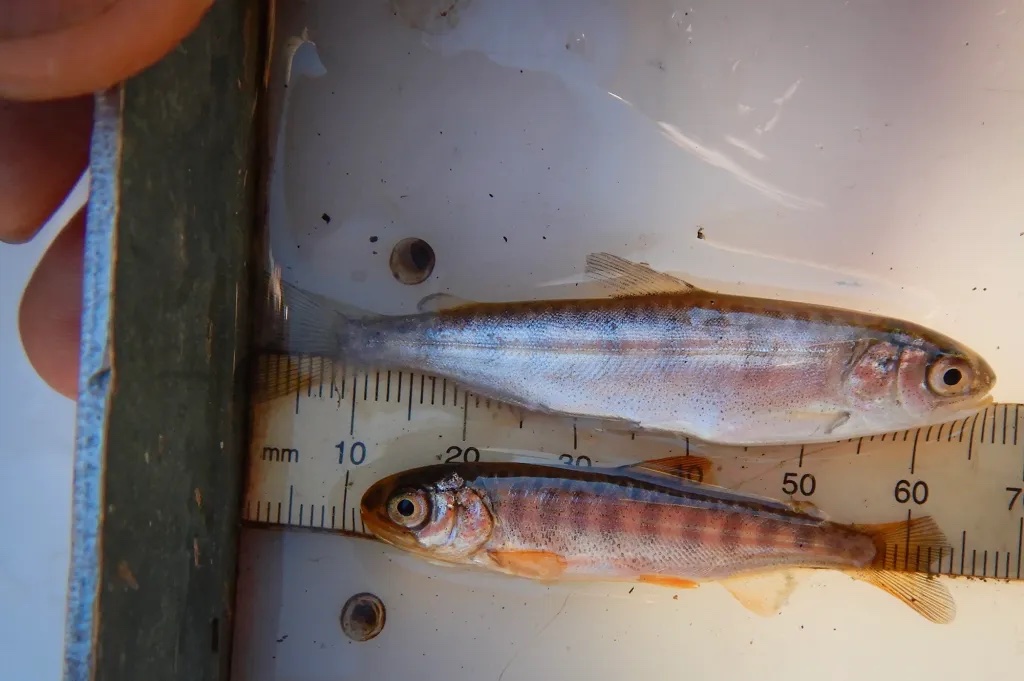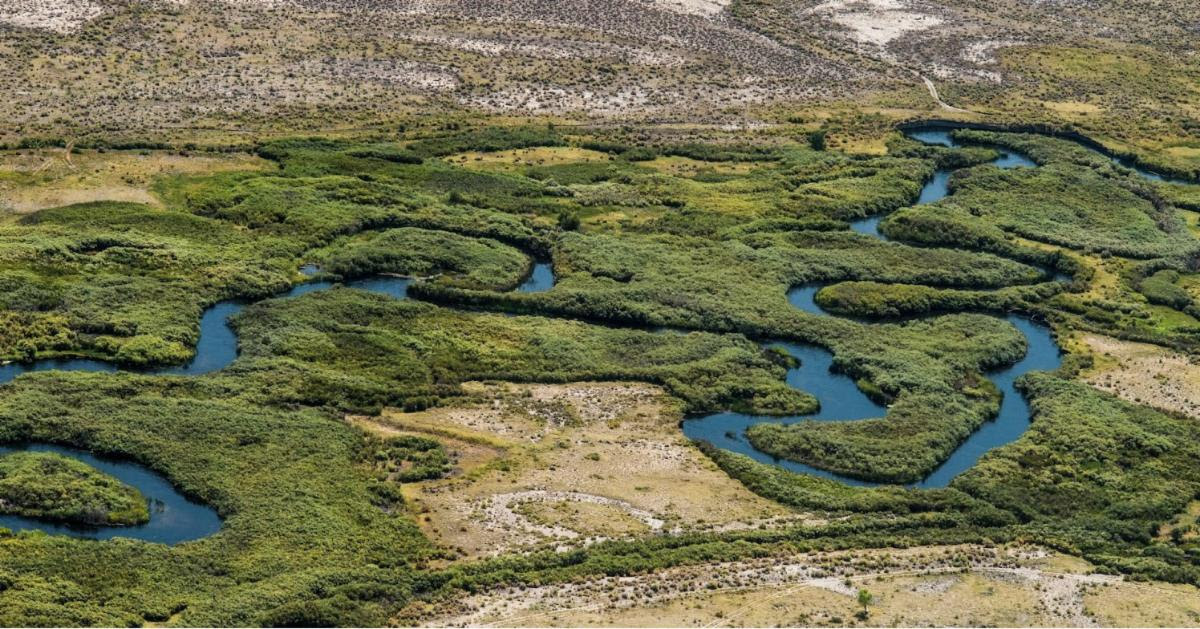
This month, we continue our profile series on one of the conservation organizations our club supports: Eastern Sierra Land Trust
This organization is relevant in that the area affected by Eastern Sierra Land Trust’s efforts helps protect the fishery where one of our club fishouts takes place in the Mammoth Lakes and surrounding area. In fact several members of Santa Cruz Fly Fishing club will be there when this article is released.
Eastern Sierra Land Trust works with willing landowners to protect vital lands in the Eastern Sierra region for their scenic, agricultural, natural, recreational, historical, and watershed values. Rich in natural beauty, home to abundant wildlife, and steeped with history, the Eastern Sierra is a magnificent and complex region. Wildlife habitat is plentiful and diverse, supporting fisheries, migrating deer herds, and important bird flyways. Historic working farms and ranches are scenic, productive, and an integral part of our local economy.
By partnering with forward-thinking landowners and conservation supporters like you, ESLT is able to permanently protect the land, water, and wildlife that make the Eastern Sierra so special. Since their founding in 2001, they have successfully conserved over 23,000 acres on 26 unique properties that provide important resources to wildlife and the local community.
What does a land trust do?
Land trusts work with private landowners and the public to conserve working farms and ranches, natural areas, and cultural and biological resources for the benefit of their communities. They may acquire lands through donation or purchase; set up voluntary land protection agreements (conservation easements) with willing landowners; or mediate land trades between landowners and public agencies.
Land trusts have existed for over 100 years; today, more than 1,300 are operating in the United States. Funded primarily by charitable donations and private or government grants, land trusts across the nation have cumulatively conserved more than 56 million acres – including scenic areas, hiking trails, critical wildlife habitats, farms and ranches, and historic landmarks. Most land trusts operate locally, providing crucial land-use tools for property owners and citizens concerned with conservation on private lands.
Working Farms & Ranches
The Working Farms and Ranches Program helps local families set up voluntary land conservation agreements that permanently protect their working lands from the threat of subdivision. The Eastern Sierra’s working farms and ranches are scenic, historic, and a vital part of the regional economy. They also offer important habitat to wildlife: many iconic or rare species use the Eastern Sierra’s irrigated meadows and open pastures as a place to roam, forage, and raise their young. Yet many families following the ranching traditions of their parents and grandparents are struggling. Rising pressures to subdivide are putting these productive lands at risk. They don’t want to see their land developed, but many are running out of options. Fortunately, conservation provides a solution – and a growing number of ranchers and farmers in the area are choosing to partner with Eastern Sierra Land Trust to conserve their land for the future. This is usually accomplished by using one of their primary conservation tools: the conservation easement. Under a conservation easement, landowners retain title and management of their property, while designating how their land may be used now and in the future. For example, landowners may want to protect their land’s current agricultural use in perpetuity by prohibiting any subdivision or land use that would compromise those protected qualities, while retaining all other property rights. Landowners also may benefit from significant tax advantages currently and for future generations.
Critical Habitats
Eastern Sierra Land Trust’s Critical Habitats Program helps protect and restore lands that wildlife need to survive – providing them with safe, healthy homes forever. As our population grows, poorly-planned development puts wildlife at risk. Subdivision of open lands chops up migration corridors, wetlands, and breeding grounds, leaving wild creatures with nowhere to go. The Critical Habitats Program helps ensure that the Eastern Sierra’s wild inhabitants will always have a place to thrive. They accomplish this through public education; habitat restoration and land stewardship; and legally-binding agreements, such as the conservation easement, that protect important habitat from the threat of future development. Concerned property owners in the Eastern Sierra are working with ESLT to conserve and restore wildlife habitat on their land. For example, in the community of Swall Meadows, several landowners have partnered with ESLT to protect a critical migration corridor for the Round Valley mule deer herd.
Community Connections
Eastern Sierra Land Trust’s Community Connections Program works to build bonds between families and the land. By getting people of all ages outdoors and educating them about the natural world, they cultivate a deep appreciation for our region and all that it offers.
At Eastern Sierra Land Trust, they know that preserving the Eastern Sierra goes beyond protecting land with legal tools. By introducing people of all ages to the value of conservation and by helping them develop deep bonds with this land, you’re ensuring that the work we do today will last long into the future. Outings such as the annual field trip to our local Mule Deer Migration Corridor, wildflower walks, birdwatching opportunities, and hands-on volunteer days get families out in nature, where they get to know the places and wildlife species that make the Eastern Sierra unique.
One recent activity was The Great Sierra River Cleanup—part of California Coastal Cleanup day. ESLT, Friends of the Inyo, and volunteers will remove trash along the Owens River on LADWP land near the Artesian Springs.
Posted on September 24th, 2024
